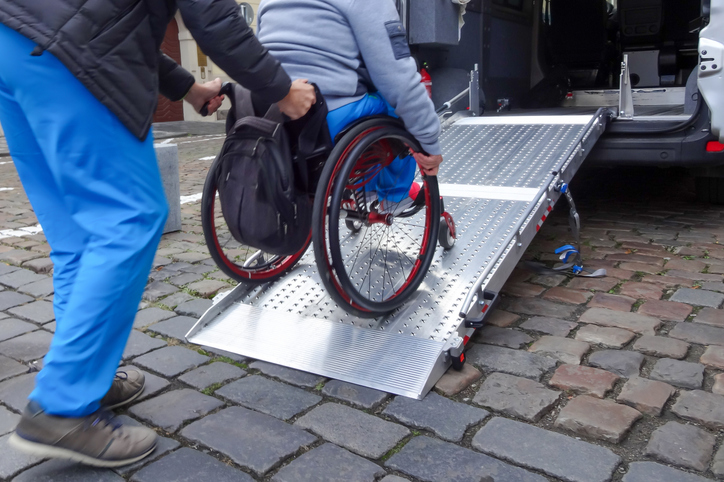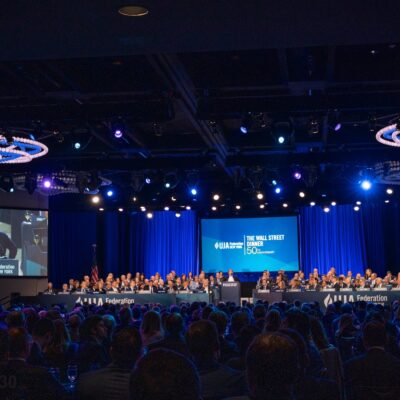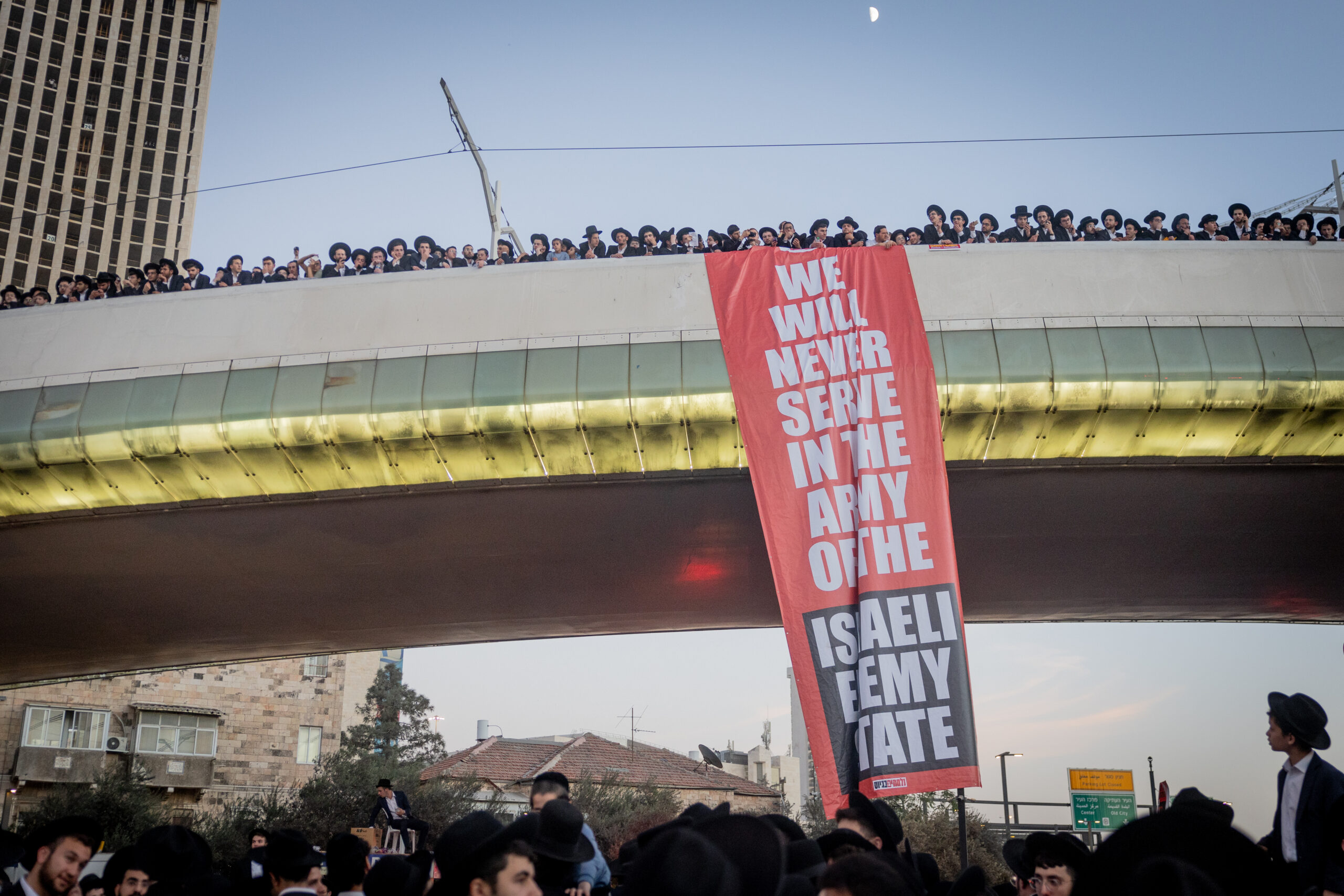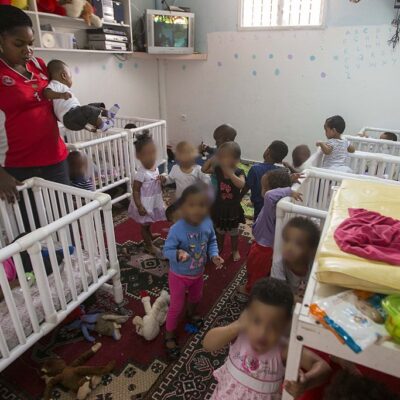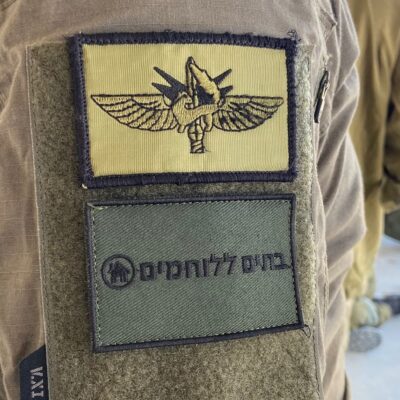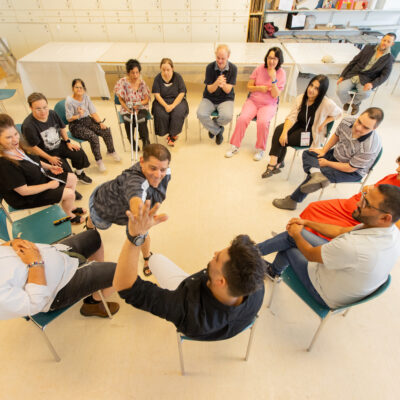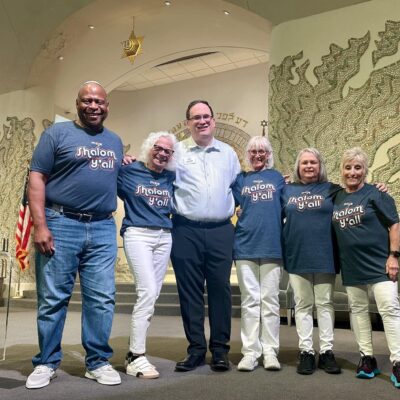Covid-19 and the 5781 High Holidays: Return of the Chavurah, the Rise of the virtual “MegaShul,” or the End of Communal Worship?

By Brian D. Amkraut
In the world of education, whether at research universities or local elementary schools, all eyes turn to how we can bring students back to school, live and in person, navigating the healthcare restrictions of our Covid-19 world. In the world of organized religion this question has arisen since the onset of the pandemic, and perhaps no challenge (with the exception perhaps of the Hajj) looms as large as the question of worship for the Jewish High Holidays. With fears of virus surges and the needs of high-risk population paramount, scores of synagogues across the country will not hold in-person services for Rosh Hashanah or Yom Kippur. Of course for many congregations these occasions represent the three days during the typical Jewish year in which the entire membership could be expected to participate in communal worship.
As clergy, lay leadership, and other synagogue professionals scramble to effectively (and even halachically) offer streaming services over zoom and other modalities for these most sacred days on the Jewish calendar, the entire effort actually suggests that we may be entering a new paradigm, whether temporarily or longer term, for organized worship. Some providers are offering pre-recorded content to be spliced into the live zoom as well. With synagogues closed down for the foreseeable future, we may be forced to accept – even embrace – models of worship that until now have been flying under the radar of mainstream organized Judaism.
The coming High Holiday season will prove a powerful test of the give and take between established brick and mortar congregations and their desire to continue serving both their membership and the larger community in tension with both grassroots attempts to convene smaller in-person prayer communities as well as the option to connect to virtually limitless permutations of other congregations offering digital engagement. The challenge also underscores the impact of longer term demographic trends in the Jewish world, in which the liberal streams of American Judaism have looked longingly at the stability and even growth among more traditional communities.
With its combination of lower average age and higher commitment to daily services, Orthodox communities seem to have adapted more quickly to the new conditions – Drive around a religious community on a summer morning and you will undoubtedly find “backyard minyanim” complete with tent coverings, folding chairs, sifrei-torah and lecterns for the prayer leaders. Whether or not such pop-up services can handle the less predictable and often inclement fall weather remains to be seen. But the point is that Orthodox groups have long known that formal synagogue structures and even professional leadership are not critical components for communal worship. Not surprisingly, the recent phenomenon of “independent minyanim” emerge from Jewish communities where the laity has high Jewish literacy. Arguably small independent communities or worship are better positioned to meet the need for face-to-face spiritual connectivity in the age of social distancing.
More liberal Jewish communities of course had a brief embrace of the DIY approach in the 60s and 70s with the countercultural havurah movement, but with the exception perhaps of Reconstructionist groups, those models have lain dormant for some time as most of these independent communities have folded into more conventional brick and mortar congregations. We have not seen significant public encouragement from liberal clergy for congregants to take matters into their own hands and take prayer to the outdoors in their own backyards or more public spaces. Rather the emphasis has fallen upon zoom and various attempts to engage individual congregants through digital media rather than socially distanced smaller group outdoor engagements. Perhaps there is some fear, whether overtly or subconsciously, that the Jewish public may decide that the social and spiritual components of Jewish life can be met independently of synagogue structures and religious professionals. Alternatively, if you are going to access your congregation over the internet, why do you need a local community of worship at all?
With international travel effectively eliminated and even domestic travel extremely curtailed, the practice of guest clergy for the high holidays must be reduced – or shifted to a zoom model either live or pre-recorded. Because as much as videoconferencing platforms do allow us to connect over great distances, the reality of the streamed synagogue service is one of passive engagement – whereby the congregant’s participation is extremely limited, with little or no difference in the user experience whether the entire service was offered live or a-synchronously like watching youtube or netflix.
Individuals could explore the potential for a “MegaShul” experience with tens of thousands streaming in from particularly desirable clergy – to hear the melodies of cantorial soloists or find inspiration from leading rabbinical figures from wherever they may broadcast, including their own homes. One might ask, “As long as we are accessing digital content, perhaps I can mix and match components from various providers around the world, and why do they need to be accessed ‘in-real-time’?”
If we move to adopt these new modalities – either the backyard chavurah or the digital megashul, even if primarily out of momentary necessity, do they threaten to undermine the more established frameworks for communal worship on a long-term basis?
Hopeful Coda:
Some professional Jews (myself among them) have often wondered when the digital revolution would most powerfully impact the conventional models of Jewish life, and Covid-19 has forced congregations, schools, camps, and other institutions to rely on technological solutions to the challenge of maintaining community and cohesiveness amidst the many difficulties confronting us today. And of course, just as has been the case in education, one of the key questions to have emerged amidst the pandemic is the value proposition of high-level financial support through dues, tuition, and philanthropy to prop up brick and mortar institutions offering digital engagements of dubious quality and value. While I do lament the loss to so many who will be unable to attend their local synagogue in the way they have for so many years, I am excited to see what new experiments in Jewish life and practice the 5781 New Year may herald. May we all go from strength to strength.
Brian Amkraut is the Executive Director of the Laura and Alvin Siegal Lifelong Learning Program at Case Western Reserve University in Cleveland, OH. He received a PhD in Modern Jewish History from NYU and has published on the relationship between technology and contemporary Jewish Life.

 Add EJP on Google
Add EJP on Google